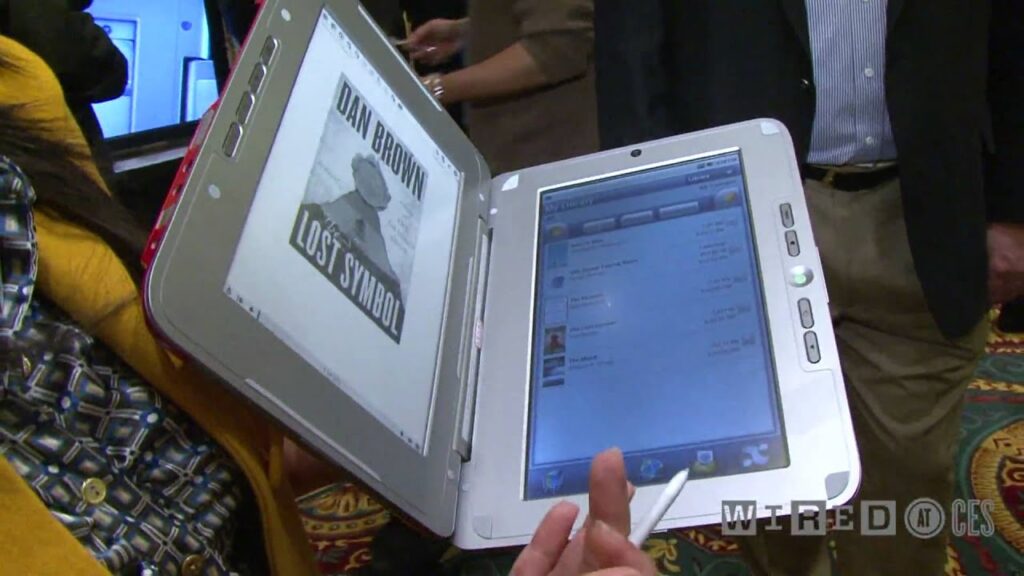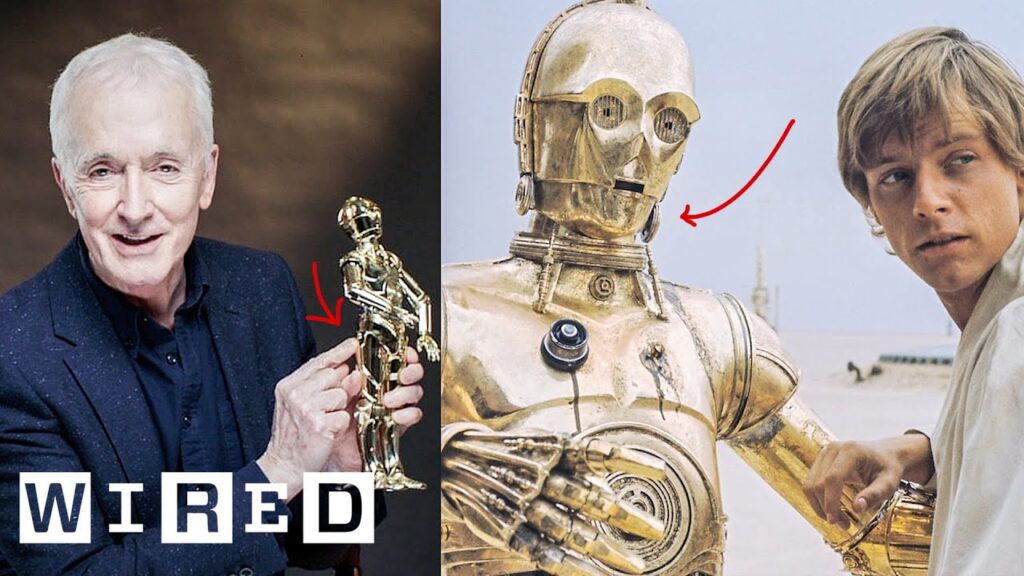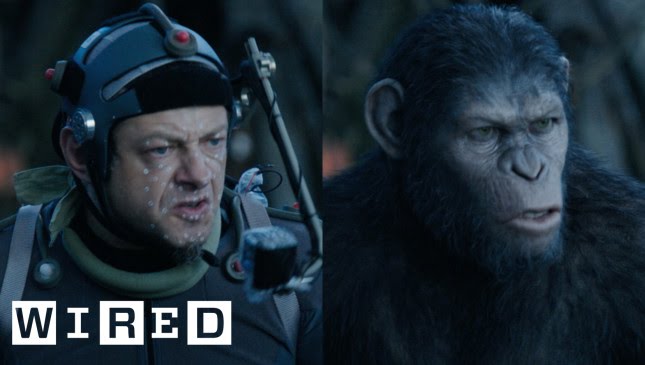Insights from a DJ and Producer: The Art and Science of DJing
Summary
In this article, we explore the world of DJing with insights from Dylan Francis, a DJ and producer. We delve into the technical and creative aspects of DJing, including beat matching, music selection, and organizing music files. We also touch on the use of Serat and how it helps in identifying the structure of a song.
Table of Contents
- The Basics of DJing
- Reading the Crowd and Music Selection
- Organizing Your Music Files
- Serat and Beat Matching
- Conclusion
The Basics of DJing
Dylan Francis explains that the art of DJing involves mixing songs live, creating a seamless flow of music that keeps the crowd dancing. He notes that good DJs know how to read a crowd and adjust their music selection accordingly. When asked how DJs feel when no one is dancing to their music, Dylan admits that it hurts. However, he suggests using earplugs to protect your ears and that DJs do dance.
Reading the Crowd and Music Selection
Dylan emphasizes the importance of music selection and beat matching skills, as they contribute to the overall vibe of a set. He mentions that Deadmau5 is an electronic artist who uses only his own music in his sets, which is a testament to the importance of music selection. Dylan predicts that CDJs will improve to be as good as vinyl in terms of cutting and that the Pioneer setup is the standard for DJing. He also shares a story about Diplo having diarrhea during a set, which highlights the unpredictability of live performances.
Organizing Your Music Files
The DJ’s folder structure and organization of music files are crucial to the success of a set. Dylan admits to having a subpar library, but emphasizes the importance of having a system in place to organize your music. He suggests creating folders based on the energy level of the songs and using color coding to make it easier to find songs quickly.
Serat and Beat Matching
Serat is a software tool that helps DJs identify the structure of a song, making it easier to beat match and create a seamless mix. Dylan explains that beat matching involves synchronizing the beats of two songs so that they play at the same tempo, creating a smooth transition between songs. He notes that some DJs can mix without headphones, including his friend TJ, but emphasizes the importance of using headphones to ensure a smooth mix.
Conclusion
DJing is both an art and a science, requiring technical skills and creative flair. Good DJs know how to read a crowd and select the right music to keep the energy level high. They also have a system in place to organize their music files and use tools like Serat to help with beat matching. With practice and dedication, anyone can learn the art of DJing and create a memorable set that keeps the crowd dancing all night long.







